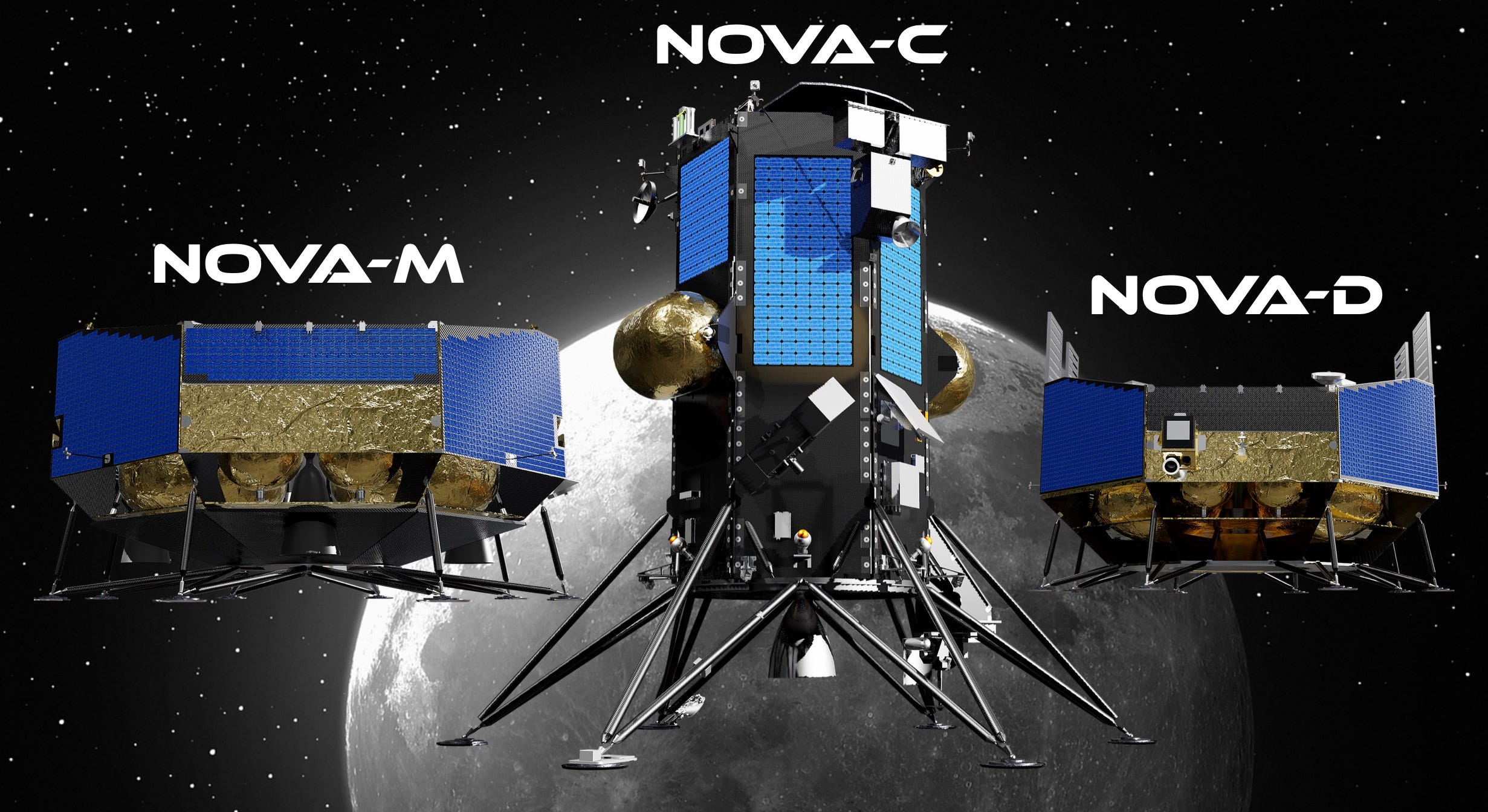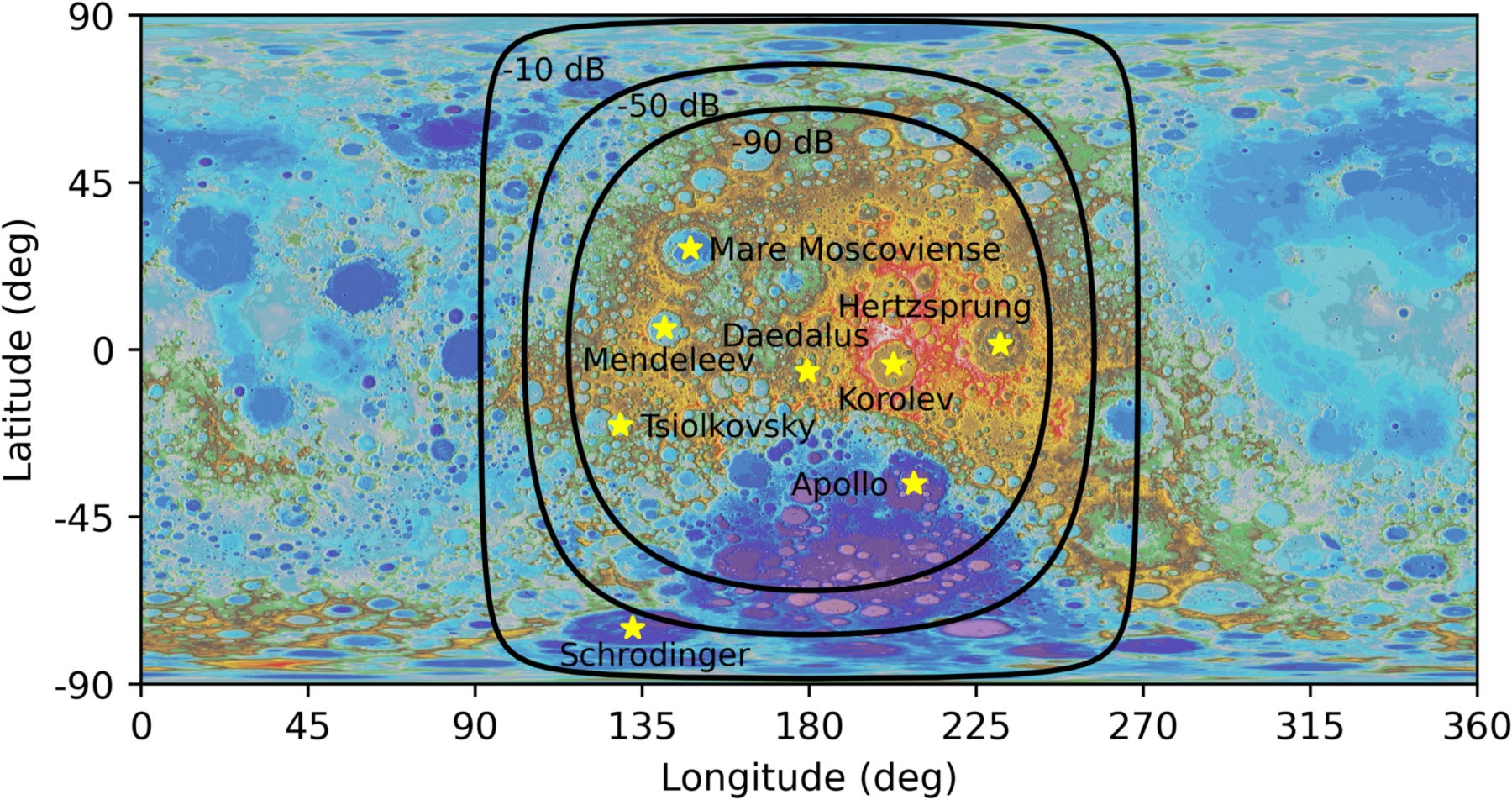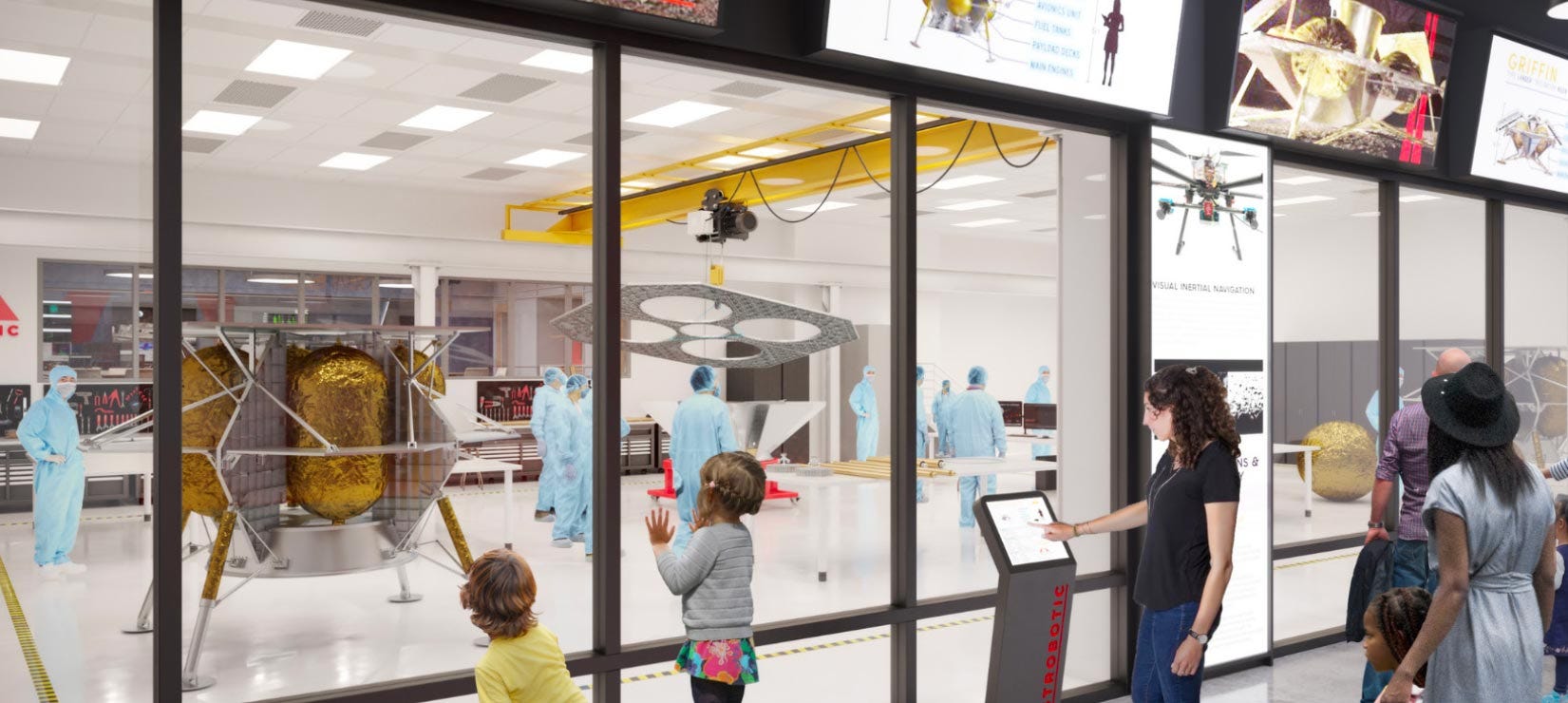Moon Monday Issue #26
SpaceX safely lands Starship prototype, VIPER undergoes slope testing, a new Moon dust cleaner, radio astronomy from the farside, a lunar museum, and more developments in the lunar space.
Highlight
On May 5, SpaceX successfully flew its Starship prototype SN15, with multiple upgrades and new Raptor engine designs, to a 10-kilometer height, and landed it safely for the first time. Like SN10, the rocket’s base caught fire after landing, but unlike SN10, it didn’t explode 10 minutes later. The pad’s fire suppression systems extinguished the fire within several minutes. SpaceX teams began approaching the rocket four hours after touchdown to transport it. It’s not clear yet if SpaceX will refly SN15 but Elon Musk has said they might try. Doing that with a Starship prototype would represent the next stepping stone in the program’s architecture, as SpaceX works towards launching Starship to orbit with its booster stage, before attempting any orbital refueling, and eventually going for the Moon.

Exploration
As it works towards its first and second robotic Moon landing missions in 2022 as part of NASA’s CLPS program, Intuitive Machines is betting its future on their in-house developed methalox engine VR900 (hot fire test video). These engines will allow them to deliver 100-kilogram payload to the Moon’s surface on their initial missions with a 1900-kilogram lander. Intuitive Machines says the engine scales up, allowing them to build landers with 500 kilograms capacity to the Moon’s surface, and later a 5,000 kilograms one with relative ease.

NASA’s VIPER rover will face a slope-riddled terrain both in and out of permanently shadowed regions at the Moon’s south pole as it maps water and other resources there to inform future robotic and crewed missions. NASA’s Glenn Research Center recently upgraded their SLOPE Lab to test a prototype VIPER rover on its sand pits while fine-tuning the upgrades themselves. VIPER’s engineering model will arrive at the lab later this year for final testing, whose data will inform rover’s pre-launch reviews. Astrobotic’s will carry VIPER on its second Moon landing mission under NASA’s CLPS program in late 2023. Related: To enhance VIPER’s scientific return by broadening participation in the mission, NASA is looking for Co-Investigators.
Several Apollo astronauts had noted that Moon dust is notoriously clingy, resistant even to vigorous cleaning efforts off of spacesuits and other hardware. Suggested cleaning methods so far to get rid of lunar dust have all been complex, involving things like applying special surface coatings. Now, NASA JPL and Colorado University Boulder scientists are developing ‘Moon Duster’, a hand-held electron beam device to spray and use on practically any hardware. The electron beams enter micro-cavities within piles of dust, building up enough negative charge to cause repulsion between the particles and separate them. Tests using lunar soil simulants have been successful so far, removing 75-85% dust in just a few minutes.

The European Commission funded an interesting feasibility study among a consortium of European companies to develop a proof-of-concept of how a diverse set of specialized robots––from a robot mantis to a rover to a gantry bot and so on––could autonomously cooperate to form a Moonbase, or build a plant for resource extraction and usage, as opposed to traditional thinking in silo missions.
Science
Radio astronomy from the Moon’s radio-quiet farside is taking off for real. As a first step, scientists from NASA and Colorado University Boulder have made a map of radio-quietness on the Moon’s farside to determine the best places for future radio telescopes. Lunar farside observatories will be used to study key astronomical features that can’t be detected from Earth, such as the ‘Dark Ages’ of the Universe right before the first stars were born.

Next, two of NASA’s CLPS missions will carry a precursor instrument each, ROLSES on the nearside in 2022 and LuSEE on the farside in 2024, to see how noise-free radio astronomy observations from the Moon really are. Based on this data, and a possible lunar orbiter radio telescope called DAPPER, we can build proposed large 10-kilometer diameter telescopes such as FARSIDE since we’d then know how to account for known interference. Interestingly, Blue Origin is a partner for robotic deployment and construction of FARSIDE. Another proposed project, the Lunar Crater Radio Telescope (LCRT), recently got an extended award of $500,000 by NASA to refine their concept of a kilometer-wide dish hanging on a crater.
Using data from NASA’s LRO and JAXA’s SELENE orbiters, scientists have done detailed spectroscopic studies of six swirls, features on the Moon whose magnetic fields deflect solar wind particles, making them look brighter than the rest of the surface. Comparing the orbital spectrum to lab spectra of lunar soil samples, and extrapolating from there, they found that the swirls seem to have fewer nano-sized iron particles than the rest of the Moon’s surface, the latter of which is bombarded by the solar wind directly, helping generate said particles.
Scientists have made a new, high-resolution geologic map of the 300-kilometer wide Schrödinger crater, emphasizing features of its crown-shaped mountain ring. Using the new map as a basis, and keeping in mind the crater’s pristine state that can help answer the Moon’s origin and evolution questions, scientists have proposed a robotic exploration plus sample return mission, human-assisted from the NASA-led Gateway station in lunar orbit. Related: Exploring the marvel that are mountains on the Moon.
More Moon
Astrobotic has announced that they will be opening a non-profit Moonshot Museum in the summer of 2022 at their facility. The museum’s flagship attraction will be a large clean room window through which people can see the company’s Moon landers rover being built. There will also be hands-on lunar exploration activities, workshops, and guidance on all possible career paths in space.

→ How we got to know the Moon’s gravity is lumpy
This is the latest article from my ‘popular science’ blog Space Impact, which is separate from Moon Monday. If you like it, check out the Moon category there and my curated Moon page, and consider subscribing.
This post is coming to you from a COVID isolation center. I have a mild case of COVID-19. I’m physically fine though, and should be back home soon so there’s nothing to worry about! I’d like to thank the brave service workers here because of whom I have all my basic needs sorted, and could get this Moon Monday issue out. :)
I’m publishing this one-of-a-kind Moon exploration newsletter for free, with no ads. And it will stay that way. If you like my work, your support will keep me going. Monthly supporters will be credited in future Moon Monday issues with a link to their website/social.
